An enlightening journey
The new voices of France
An experimental multidisciplinary project including photography, video and writing, enabling young immigrants recently arrived in France to utilize their newly acquired French skills in a creative context.
READ MOREThe project
The project aims to celebrate the success and incredible journey of the students of the FLS (French as a Schooling Language) program at the J.B. Corot vocational high school specialized in Construction trades and retail work in Beauvais, France.
This artistic series includes photographic portraits, video interviews and texts to give voice to these young talents who have overcome considerable challenges to integrate French society.
The team
- Dean: M. Pauriche jpauriche@ac-amiens.fr
- Main teacher: Mme Bozilovic natasa.bozilovic@ac-amiens.fr
- Teacher and MLDS coordinator: Mme Metarfi sandrine.Metarfi@ac-amiens.fr
- Photographer: Juliette de Cuzey juliette@decuzey.fr
- Video maker: Marie Benoist marie.benoist@gmail.com
- Writer: Cédric Bonfils cedricbonfils@proton.me
- Project coordinator in Finland: Henrica Stjernvall
- The students: Rachel, Patricia, Plamedi, Revedi, Mamadou, Azdine, Amanuel, Mohamed, Cheik Mohamed, Moussa, Ali, Visar, Djalla, Cheik Moussa, Idris, Ibrahim, Ali O., Mohamed S., Muhamat, Mahamoud, Nouhan, Saheed

My role
In this project, I have been in charge of the following tasks:
- Taking pictures of the students and delivering hands-on practice to the students so that they could experience both sides of the camera, being behind and in front of it.
- Website creation, including a 2x 3h workshops with the students to make them familiar with website structure and to enable them create a large part of the content
- Magazine edition: creation of the magazine comprising both texts and photos
- social media strategy: content creation & strategy
Media coverage and partners
The project was featured by Destination Francophonie on TV5 Monde channel during the “Francophonie” summit in October 2024.
Journalist, Ivan Kabacoff. Video, Fabrice Hacout, Julien Lagrange
Funded by the EU together with the French Ministry of Education, The Enlightening Path project is travelling in 2025 in Helsinki Finland as well as in Belgrade, Serbia.



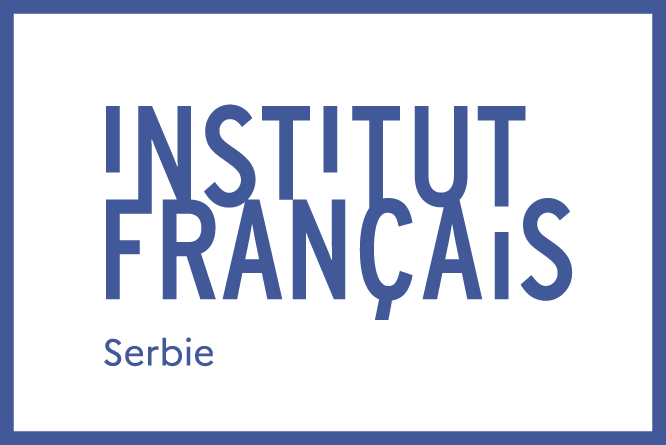
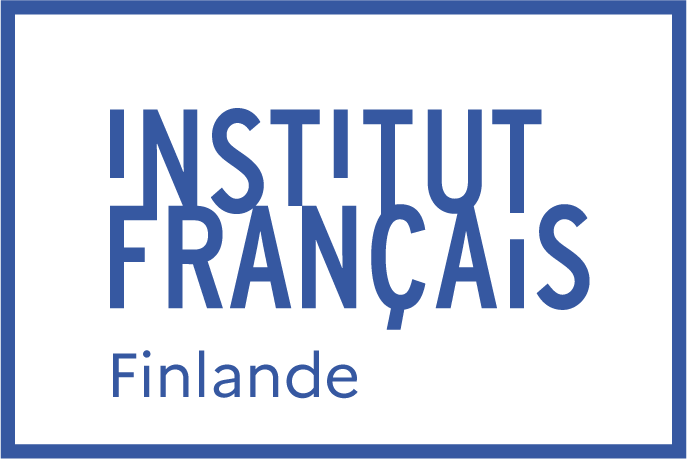
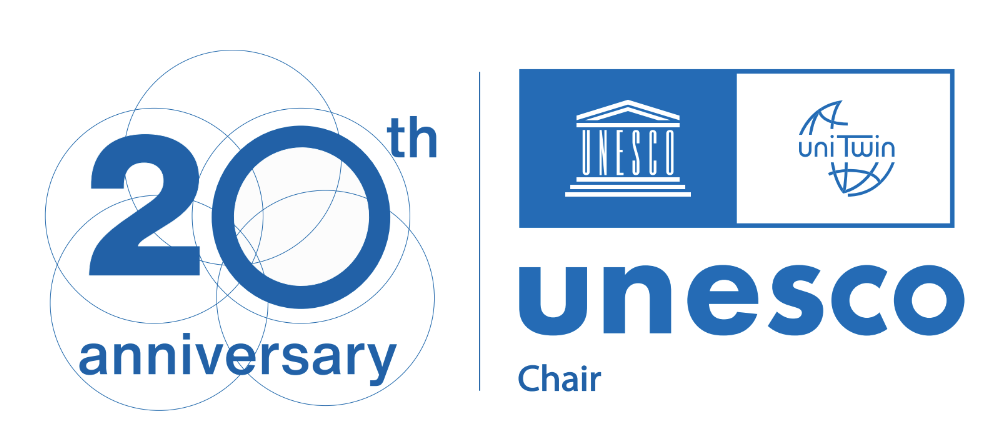
Portraits gallery










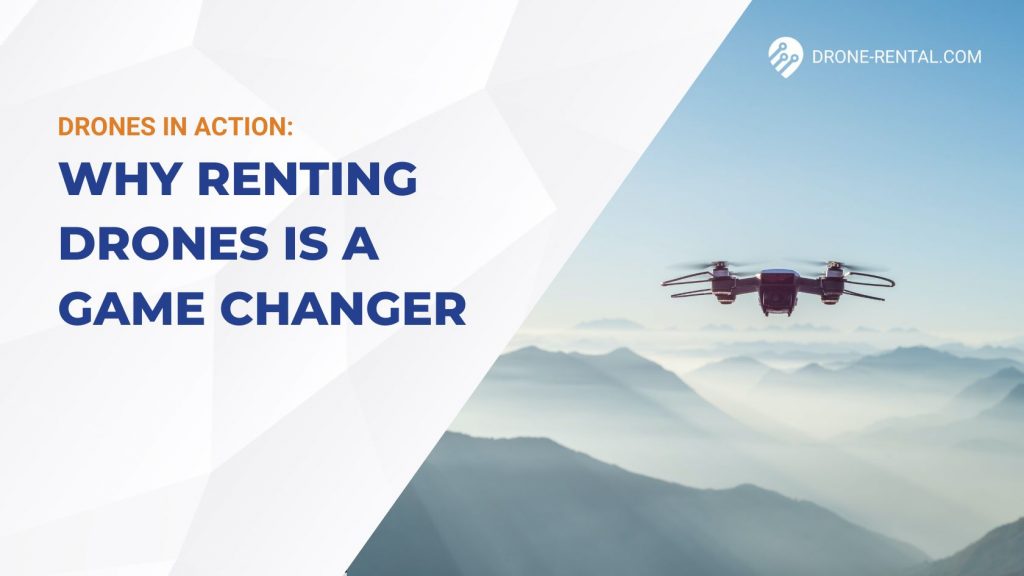

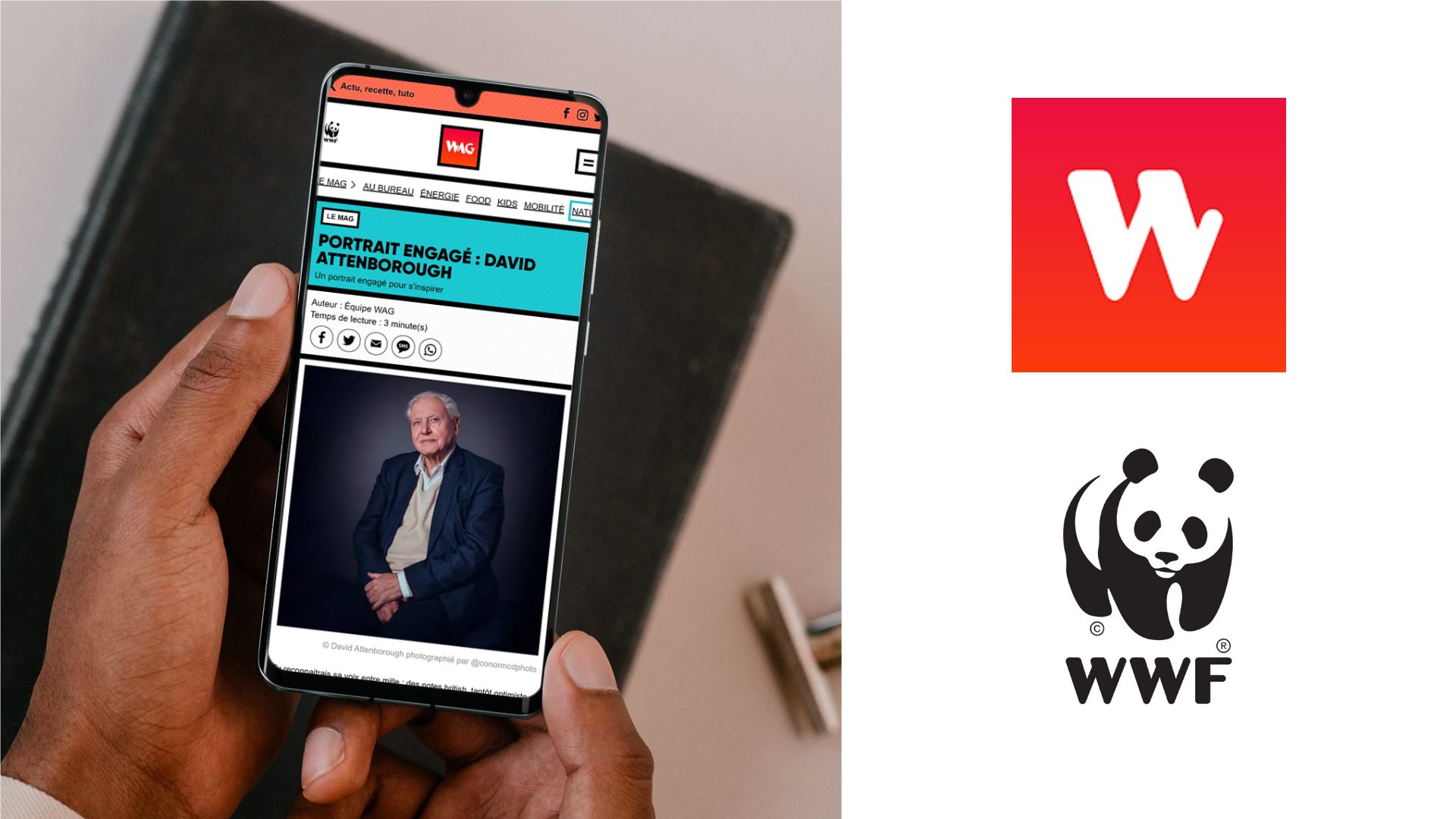
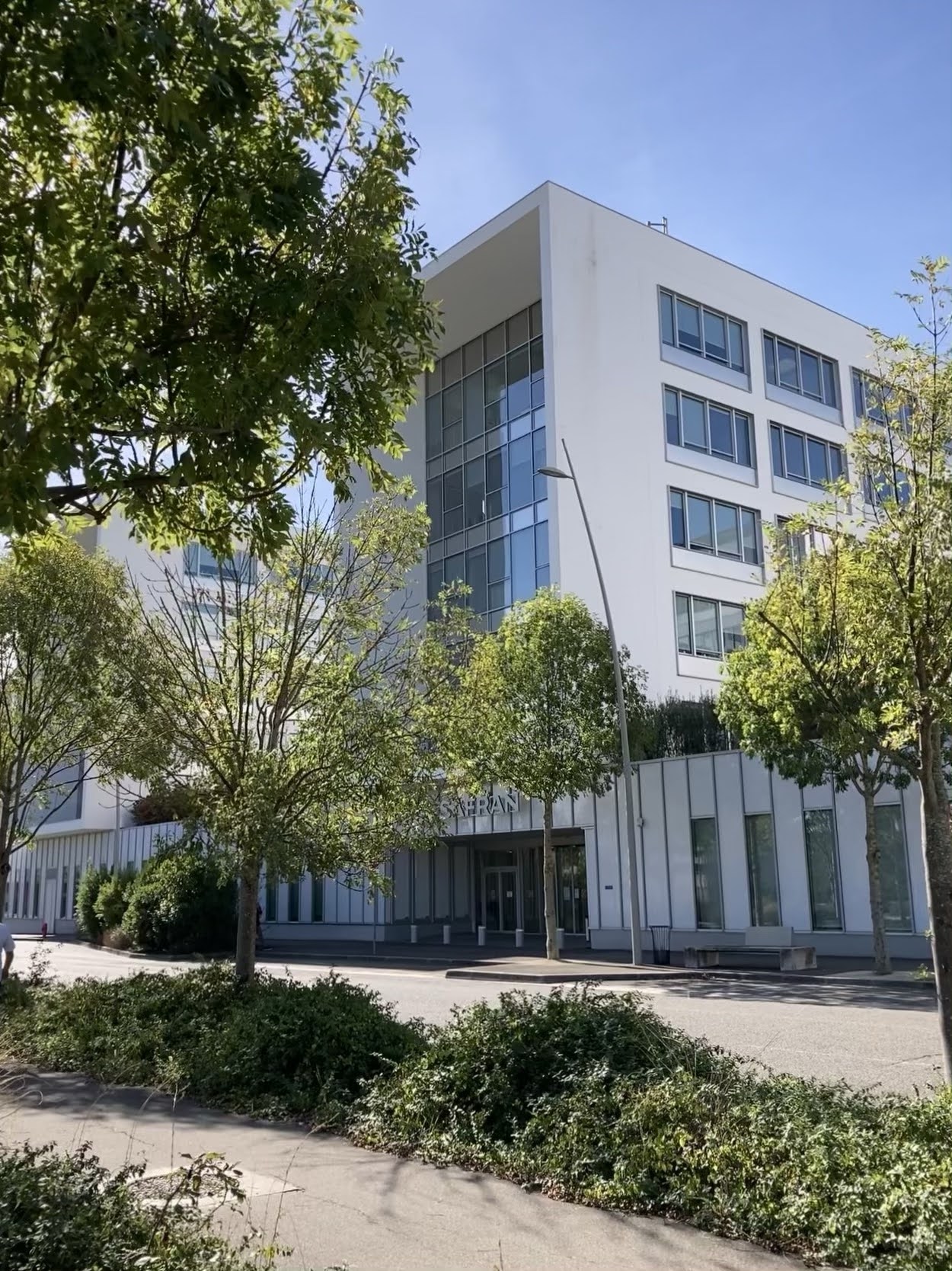
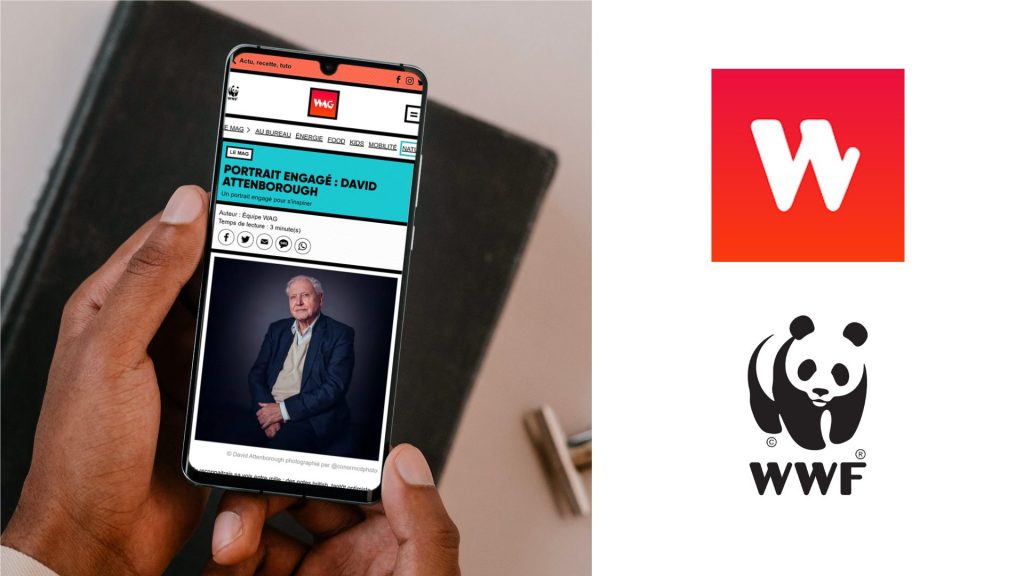
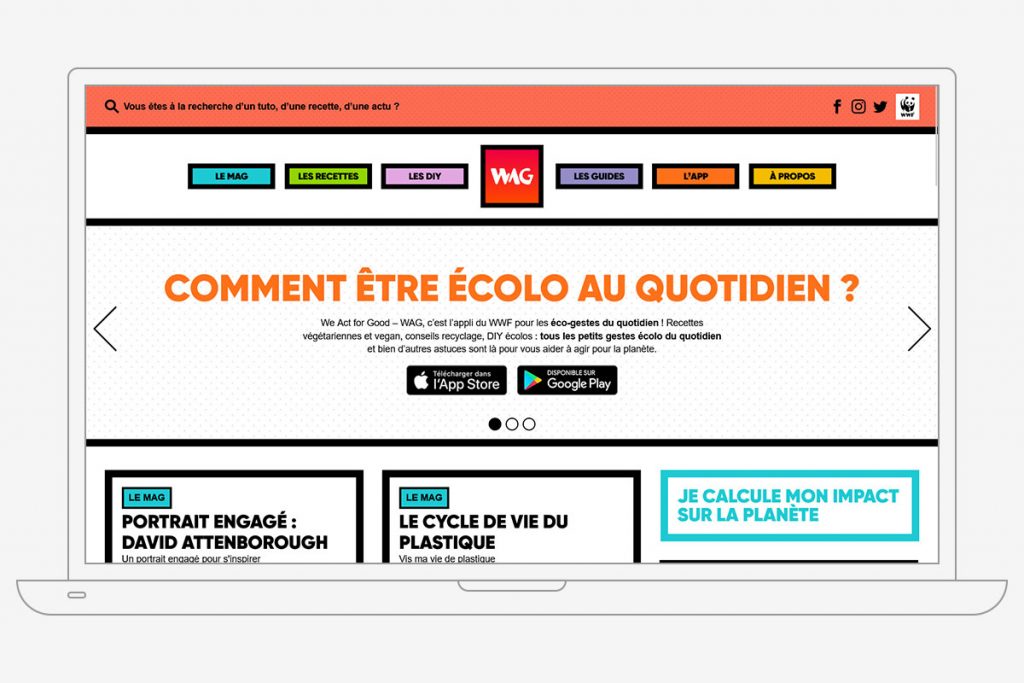

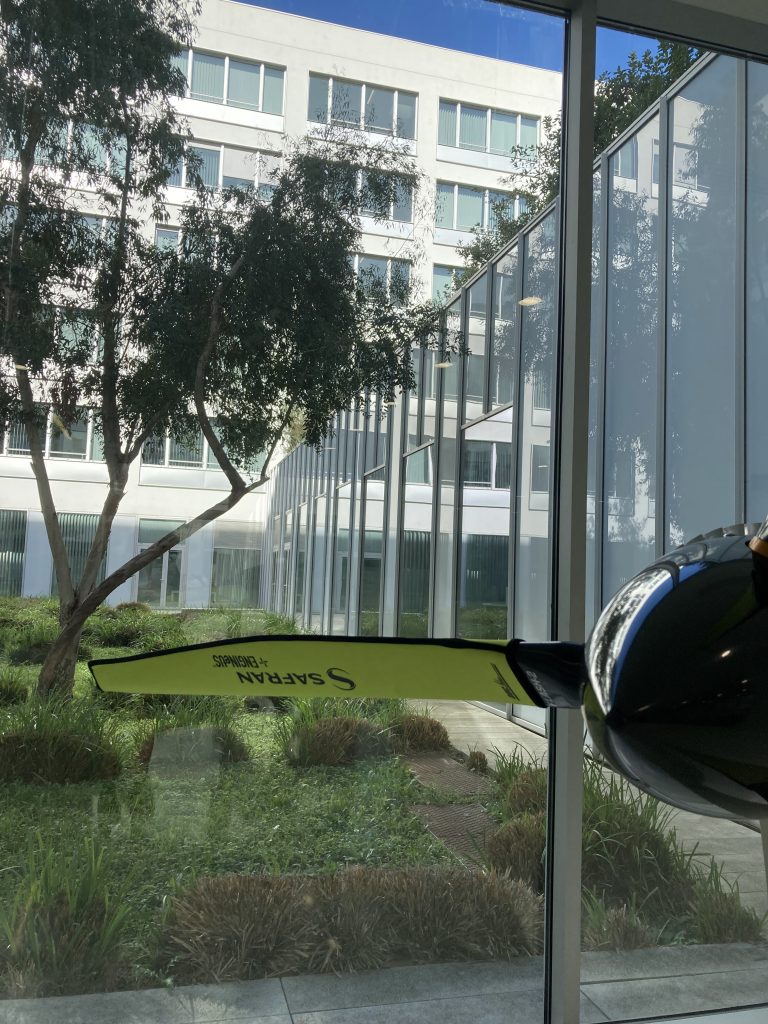
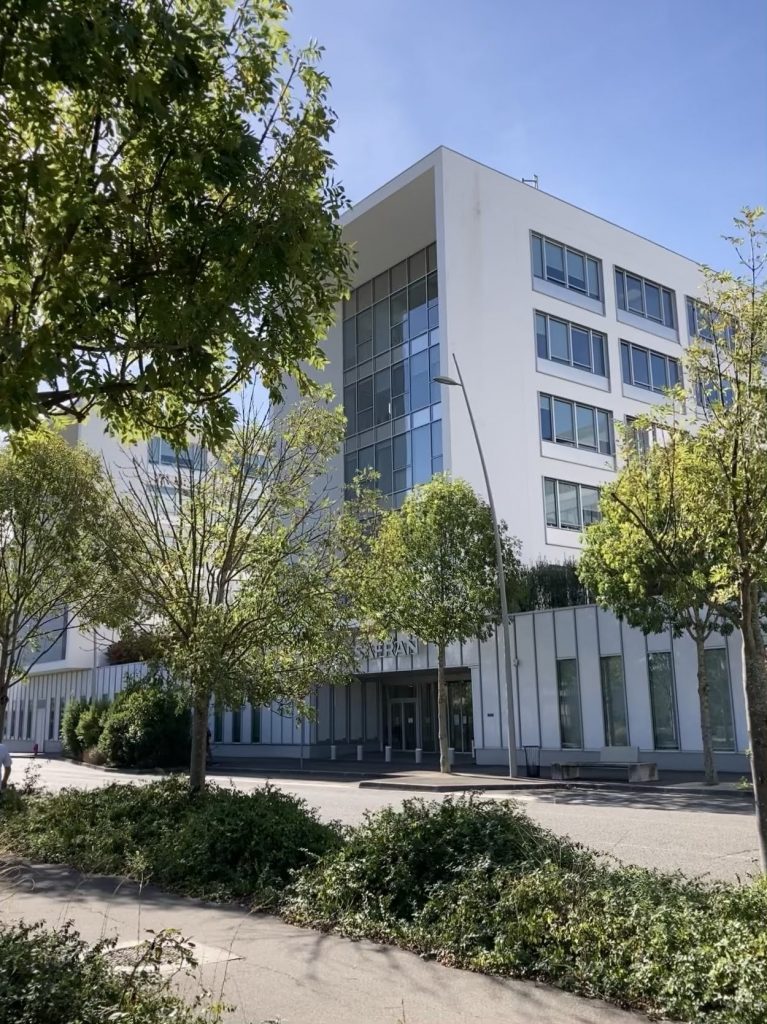




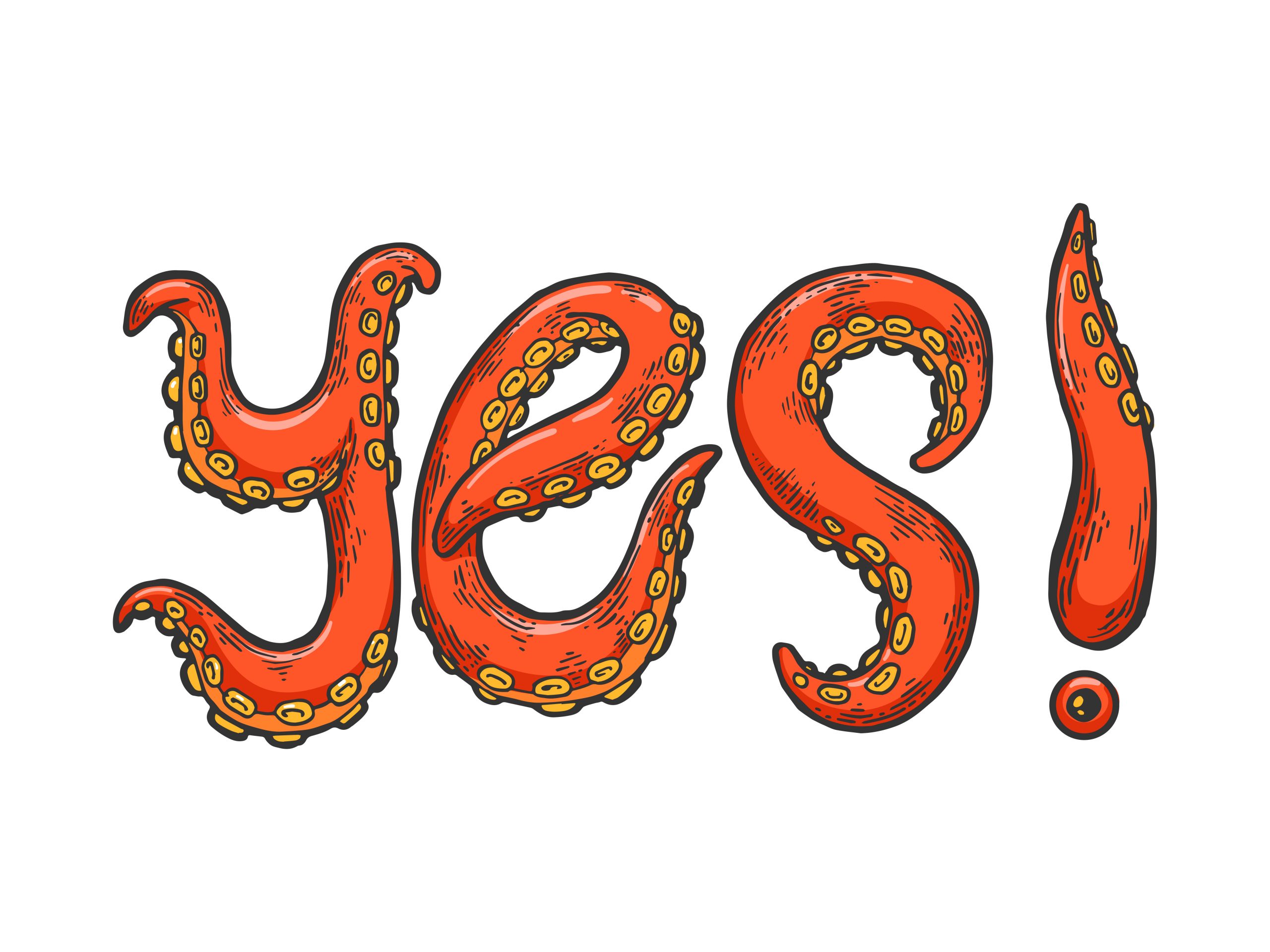
![[object Object]](https://images.ctfassets.net/hrlc6ht6ex4d/1JT37HMbGZdxQe0zVTRKR3/9d3cf71078eeae173207dd54364229ed/AdobeStock_299090820.jpeg)
![[object Object]](https://images.ctfassets.net/hrlc6ht6ex4d/5oxuCmVitDC73gd6JA7BFf/c4f6c8d58c91c16d04f0fb14d5e129e5/SEO_prez__2_.png)
![[object Object]](https://images.ctfassets.net/hrlc6ht6ex4d/3TnUhK3I1QTxxYXz96UEq4/edb9236cdf1b11eb2d434947a42f82a2/SEO_prez__1_.png)
![[object Object]](https://images.ctfassets.net/hrlc6ht6ex4d/6zhtT2aLfYPyRcZ3yEYJY4/efe9e847c8af1afada817d185ebe511d/SEO_prez__3_.png)
![[object Object]](https://images.ctfassets.net/hrlc6ht6ex4d/5FLdcBIVfYjG6gwU9U0JLg/9b6219f6194082ba58f5dec493824d0a/SEO_prez__4_.png)
![[object Object]](https://images.ctfassets.net/hrlc6ht6ex4d/TSHprLoR2MG39tHiG0o5r/a961f20f3f1e942a01075b239410902d/AdobeStock_258311579.jpeg)